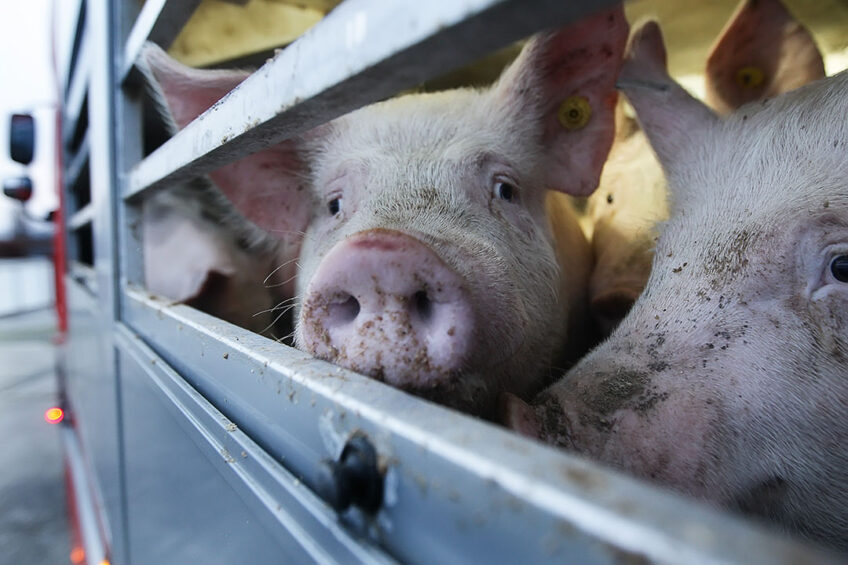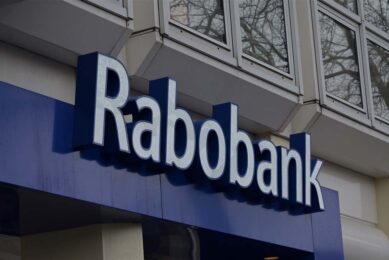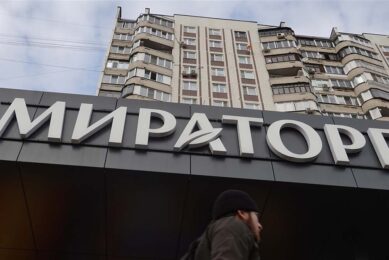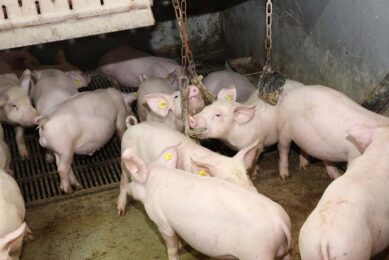Is better welfare equal to better pork quality?

Pre-slaughter handling of pigs comprises a series of stressful procedures that negatively affect pork quality. On the other hand, consumers’ concern over pig rearing conditions and pork quality is significantly increasing in developed countries. Therefore, evaluating the pigs’ welfare status during the pre-slaughter period is of great importance to improve physical postmortem pork attributes for better consumer acceptance. This article discusses pre-slaughter pig welfare, stressors, and their impacts on pork quality.
What is the pre-slaughter welfare?
A pig’s pre-slaughter welfare is defined as the impact of diverse ante-mortem conditions on the pig’s physiological or biochemical state. During the pre-slaughter period various factors such as human-animal interaction, handling, genotype, nutrition, feed and water withdrawal, loading, transportation to the slaughterhouse, unloading, appropriate handling facilities, previous experience, the handler skill, lairage waiting, and slaughtering affect pig behaviour, welfare, productivity, and subsequently pork quality.
Pre-slaughter stressors
Improper handling with stockpersons unfamiliar with the principles of animal behaviour, such as flight zones, visual fields, and social instincts causes serious injuries and bruising to the pigs. The mode of transportation used to slaughterhouse, the novelty of the transport conditions, mixing different social groups, weather conditions, loading density, and duration of trip have physical or physiological impacts on pigs. High stocking density during transportation and long journeys with food and water withdrawal result in huge economic losses to due to skin lesions, bruises, dehydration, and high death on arrival rates. In addition, during transportation the accretion of exhausts fumes and road dust combined with inadequate escape of gaseous exchange cause the pigs to faint or to die from suffocation.
The method of stunning and stress immediately before slaughter hae severe, negative impacts on pork quality
Behavioural responses such as vocalisations and aggressiveness are indicators of poor pig welfare status. During unloading and from the lairage to the slaughterhouse period, proper handling and knowledge of the behavioural aspects prevent detrimental welfare effects.
At the abattoir, social groups should be kept together to avoid stress due to fights, mounting or general fear of other unfamiliar pigs. In lairage, factors such as duration of resting, previous preslaughter treatment such as transport, unloading, and mixing, social classes, stress susceptibility, age difference, temperature, stocking density, climatic conditions, and ventilation influence pig welfare status. Furthermore, the method of stunning and stress immediately before slaughter hae severe, negative impacts on pork quality.
Impact of stress on pork quality
Pre-slaughter stress is linked to acidity, pale, soft, and exudative (PSE) pork, dark, firm, and dry (DFD) pork, boar taint, bruising, toughness, sogginess, cooking loss, two-toning color, water holding capacity, texture, and rancidity. Any stress source lasting for hours pre-slaughter reduces muscle glycogen below the critical threshold level and increases acidification. Acidity of the pork affects water holding capacity, tenderness, and flavour. Increased temperature above the normal range of 37.0-39.6°C results in PSE pork, reduced shelf life, and negative economic implications to the swine industry. In addition, pork colour has to do with the pH level, postmortem glycolysis, high temperature, and myoglobin. This is a protein pigment present in the muscle. Pork with high pH and low levels of glycogen is prone to being dark in colour.
High stocking densities decrease the risks of DFD and paler pork. However, journeys longer than 3 hours enhance the risk of DFD pork through physical exhaustion. Moreover, vitamin D injections, quiet handling, proper transport conditions, and stunning method improve pork tenderness. On the other hand, overnight lairage decreases backfat thickness and muscle weight and increases severe skin damage in all areas of the carcasses.
Stunning
Stress at the time of stunning causes rapid postmortem glycolysis, accumulation of lactate and hydrogen ions, and reduces water holding capacity. The CO2 stunning system decreases the incidence of ecchymosis and bone fractures and improves pork quality to a greater extent than electrical stunning. Improper stunning results in pigs to kick violently following concussion which in turn increases muscular contractions and reduces water holding capacity.
Conclusions
Proper pre-slaughter pig handling improves pork quality, affects the consumers’ decisions to buy pork, and increase swine industry profitability. Therefore, it is essential to conduct comprehensive research on pre-slaughter pig welfare to provide appropriate Standard Operating Procedures from farm to fork.
 Beheer
Beheer








 WP Admin
WP Admin  Bewerk bericht
Bewerk bericht